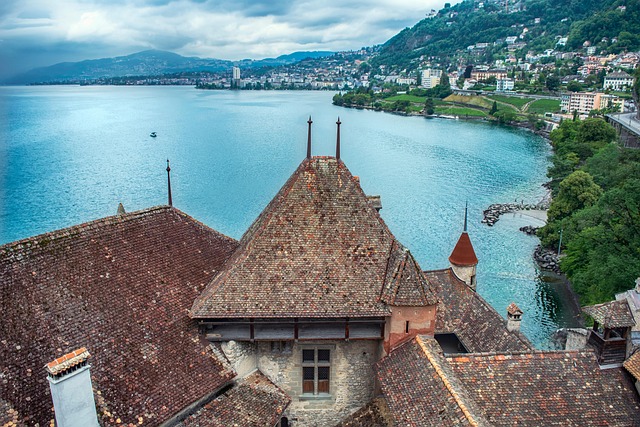
Unraveling the Medieval Period Timeline
The Medieval Period, often referred to as the Middle Ages, is like that awkward phase in life where you’re not quite a child anymore but also not an adult. Spanning roughly from the 5th to the late 15th century, this era is a treasure trove of history, filled with knights, castles, and a fair amount of questionable hygiene practices. Let’s take a stroll through this fascinating timeline, shall we?
Early Middle Ages (500-1000)
Also known as the Dark Ages (cue ominous music), this period kicked off after the fall of the Western Roman Empire. Europe was like a toddler left alone in a candy store—confused and a bit chaotic.
- 500 AD: The fall of the Western Roman Empire leaves a power vacuum, leading to the rise of various barbarian kingdoms. Think of it as the ultimate game of musical chairs, but with more swords.
- 800 AD: Charlemagne is crowned Emperor of the Romans, which is basically the medieval equivalent of getting a gold star for showing up.
- 1000 AD: The population begins to increase due to agricultural innovations and the Medieval Warm Period, which, contrary to its name, was a time of better crop yields—not a medieval spa retreat.
High Middle Ages (1000-1300)
Things really started to pick up during this time, much like that moment when you finally figure out how to use the coffee machine in the office.
- 1066: The Norman Conquest of England occurs, thanks to William the Conqueror. He probably didn’t bring a “Welcome” mat, but he did bring a lot of changes.
- 1095: The First Crusade begins. Knights and peasants alike set off on a wild adventure, thinking they were going to save the Holy Land. Spoiler alert: it didn’t go as planned.
- 1200s: Universities start popping up like mushrooms after a rainstorm, leading to a surge in education. Who knew the Middle Ages could be so enlightening?
Late Middle Ages (1300-1500)
Ah, the grand finale of the Medieval Period, where things get both dramatic and a bit grim—like a Shakespearean play but with less poetry and more plague.
- 1347-1351: The Black Death sweeps through Europe, wiping out about a third of the population. It’s like a really bad flu season, but with less hand sanitizer.
- 1453: The fall of Constantinople marks the end of the Middle Ages. This event is often seen as the transition to the Renaissance, which is like moving from a flip phone to a smartphone—huge upgrade!
- 1492: Columbus sails the ocean blue, marking the beginning of the Age of Exploration. And just like that, the world gets a little bigger and a lot more complicated.
Conclusion
The Medieval Period is a rich tapestry of history, full of ups, downs, and plenty of unexpected twists. From the rise of feudalism to the emergence of universities, it laid the groundwork for the modern world. So, next time you hear someone refer to the "Dark Ages," remind them that it was more like a dimly lit room filled with fascinating stories waiting to be told. Who’s ready for a medieval-themed trivia night? 🎉


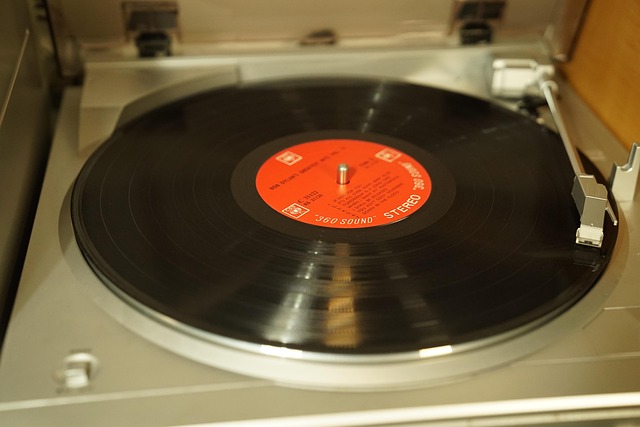
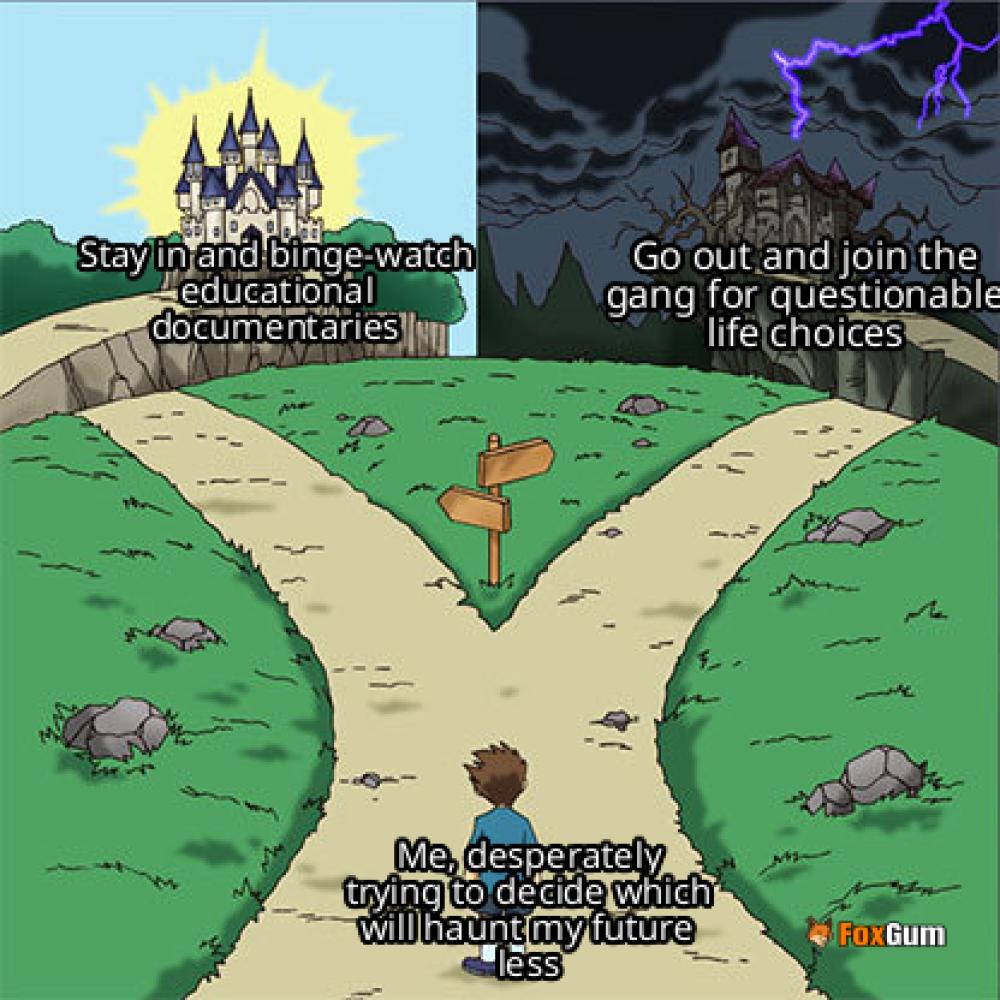


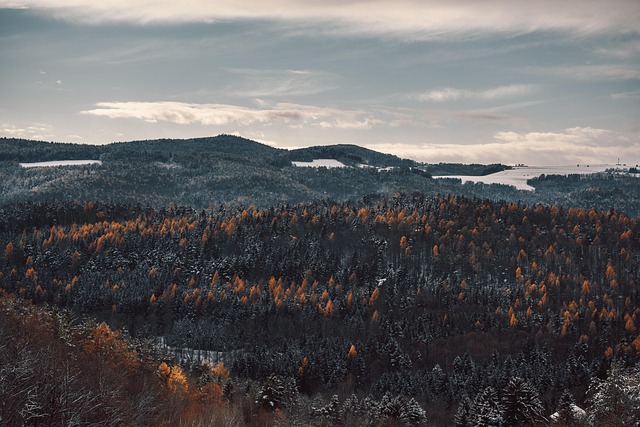

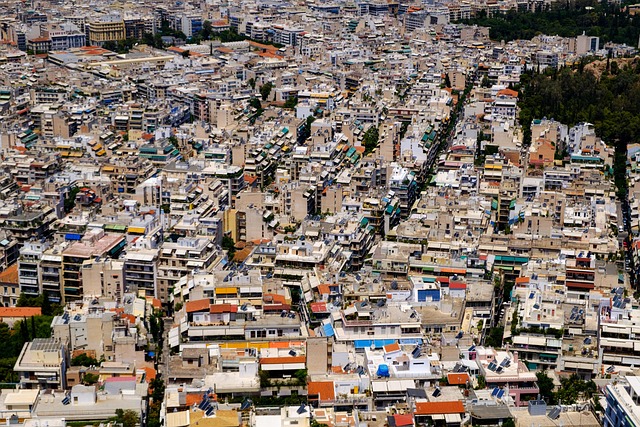
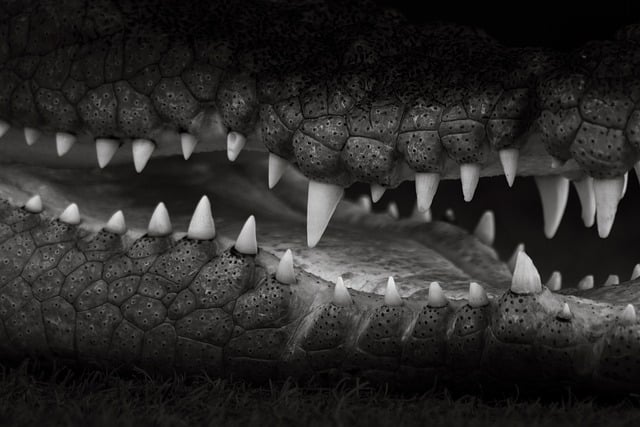



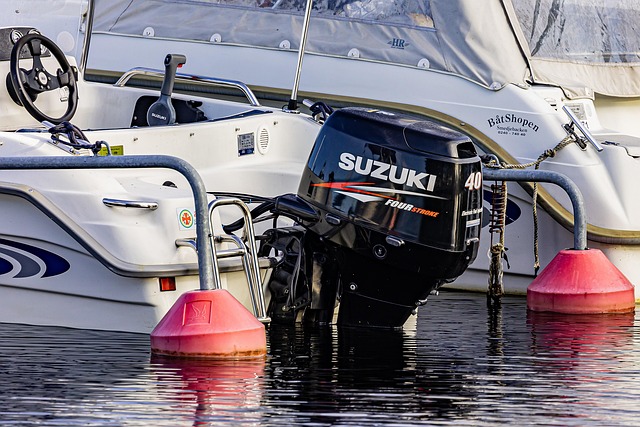


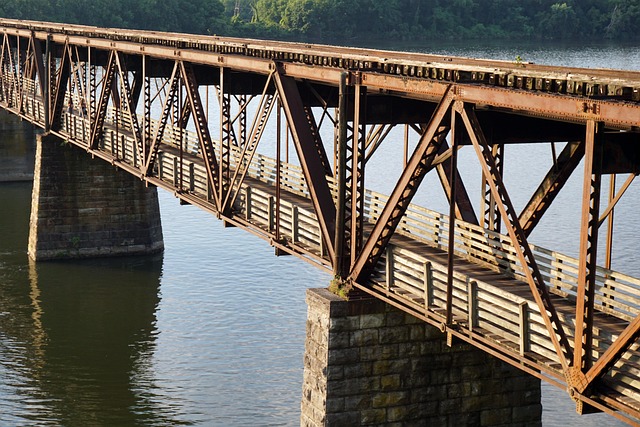
 Alabama Shakes
Alabama Shakes 
 Health
Health  Fitness
Fitness  Lifestyle
Lifestyle  Tech
Tech  Travel
Travel  Food
Food  Education
Education  Parenting
Parenting  Career & Work
Career & Work  Hobbies
Hobbies  Wellness
Wellness  Beauty
Beauty  Cars
Cars  Art
Art  Science
Science  Culture
Culture  Books
Books  Music
Music  Movies
Movies  Gaming
Gaming  Sports
Sports  Nature
Nature  Home & Garden
Home & Garden  Business & Finance
Business & Finance  Relationships
Relationships  Pets
Pets  Shopping
Shopping  Mindset & Inspiration
Mindset & Inspiration  Environment
Environment  Gadgets
Gadgets  Politics
Politics 